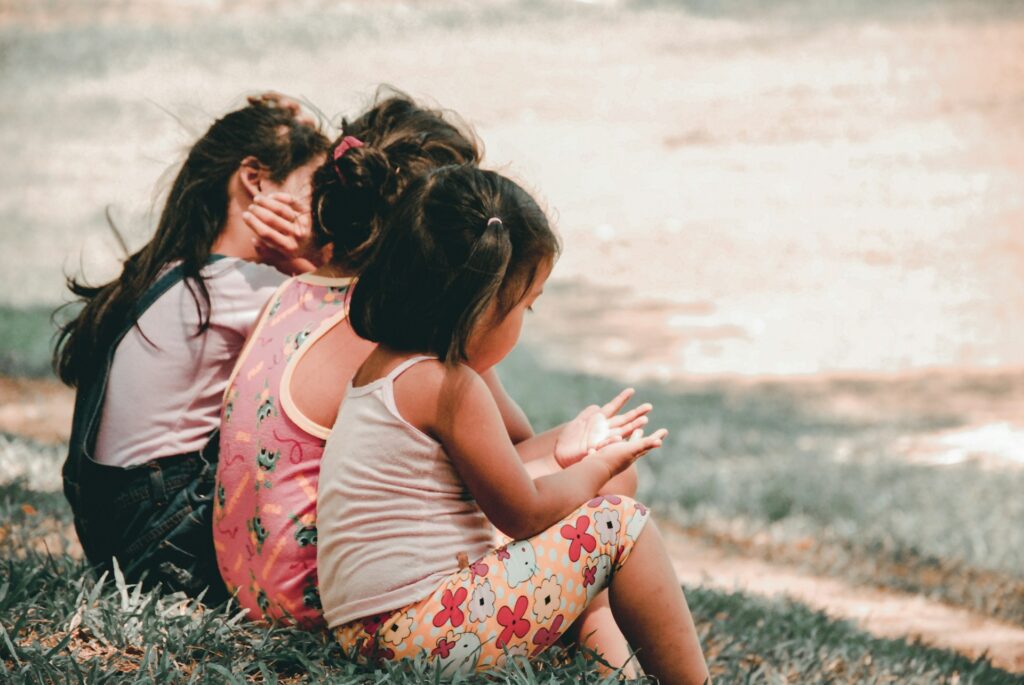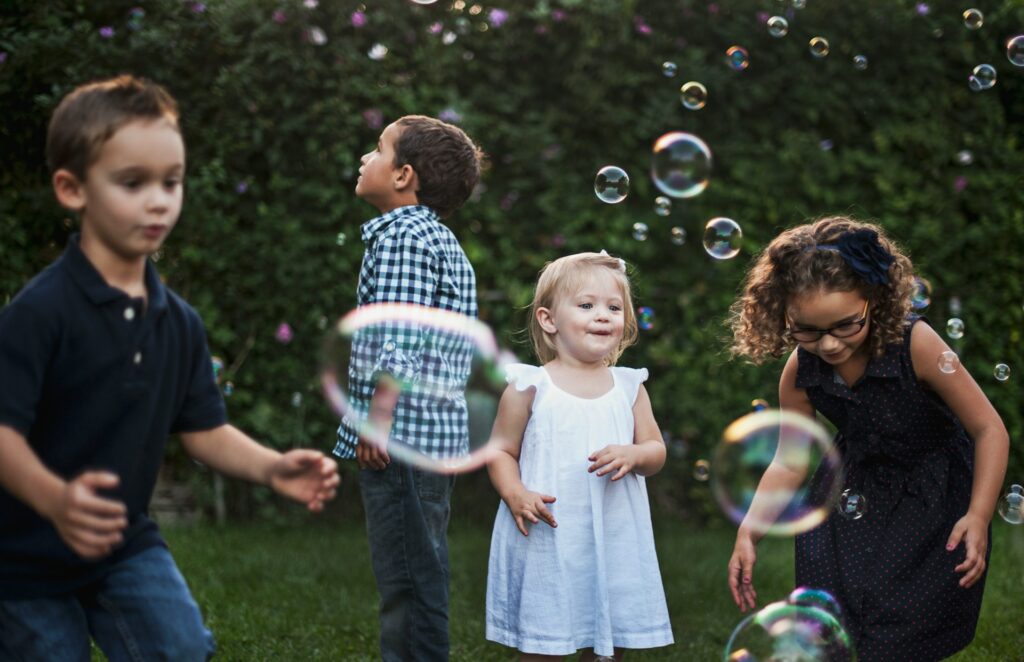A childhood without stability often has long-lasting effects on how people think, behave, and connect with others. Whether the instability came from financial struggles, frequent moves, inconsistent parenting, or unpredictable environments, the impact does not disappear when childhood ends. Adults who experienced such conditions often carry specific traits that reflect the survival strategies they developed early in life. These traits are not flaws but adaptations to environments that demanded resilience. Below are 11 traits many people share when stability was missing, with deeper insight into how they form and how they affect life today.
1. Constant Need for Control
When children grow up in unpredictable environments, they often learn that control is the only way to feel safe. As adults, this can show up in an intense need to organize, plan, and prepare for every outcome. They may keep rigid routines, create detailed schedules, or struggle when plans change suddenly. While this desire for control can bring structure and discipline, it often creates stress in situations where unpredictability is natural. People in this group may have difficulty letting go or allowing others to take the lead, because unpredictability once meant vulnerability.
2. Difficulty Trusting Others

Trust is built through consistency, reliability, and repeated experiences of safety. Without these elements in childhood, adults may struggle to fully trust anyone, even close partners or family. They may doubt promises, question intentions, or expect betrayal. This cautiousness can prevent deep relationships from forming, even when others have proven themselves trustworthy. It is often a protective strategy rooted in early experiences where trust was repeatedly broken or ignored. While it can shield them from harm, it also limits their ability to form secure, lasting connections.
3. Heightened Alertness to Danger
Children in unstable homes often become experts at scanning their environment for threats. This hypervigilance allows them to detect changes in mood, tone, or body language as a way to prepare for conflict. In adulthood, this trait may persist even in safe environments, leaving them tense and on edge. They may struggle to relax at home, at work, or even on vacation because their nervous system remains primed for danger. While this skill can be valuable in crisis situations, it also contributes to exhaustion, irritability, and difficulty feeling calm.
4. Strong Independence

Unstable environments often teach children that they must rely on themselves. In adulthood, this can turn into fierce independence. While others may admire their self-sufficiency, it often hides an inability to ask for or accept help. They may refuse support, take on too much responsibility, or feel uncomfortable showing vulnerability. This independence was once essential for survival, but in adulthood it can lead to isolation, burnout, or strained relationships. Balancing independence with healthy interdependence is a lifelong challenge for many who grew up without stability.
5. Struggles with Self-Worth
When children do not receive consistent care or validation, they may internalize the belief that they are unworthy of attention or love. As adults, this can manifest as self-doubt, insecurity, or constant comparison to others. They may criticize themselves harshly or feel undeserving of success and happiness. These feelings are not based on truth but on the absence of stable nurturing in their early years. Without intervention, they may sabotage relationships or careers because deep down they believe they are not valuable.
6. Difficulty Regulating Emotions
Stable homes help children learn how to manage emotions by modeling calm, supportive behavior. Without this foundation, adults may struggle to regulate their feelings. They might experience intense highs and lows, overreact to stress, or withdraw completely when overwhelmed. These patterns are often misunderstood by others as immaturity or lack of control, but they are the result of missing guidance during emotional development. Over time, this difficulty can strain relationships and reduce overall well-being if not addressed with healthy coping skills.
7. Attachment Challenges

Adults who lacked stability often form attachment patterns that mirror their early uncertainty. Some may develop anxious attachment, becoming clingy or fearing abandonment. Others may lean toward avoidant attachment, distancing themselves emotionally to avoid rejection. Both patterns come from the same root, an absence of predictable caregiving. These attachment styles can complicate romantic relationships, friendships, and even professional connections. Recognizing these patterns allows individuals to work toward healthier attachment behaviors that support stronger bonds.
8. Restlessness and Difficulty Settling
For some, stability feels uncomfortable because it is unfamiliar. Adults raised in unstable environments may feel restless when life is calm. They may change jobs, partners, or living situations frequently, seeking the sense of movement they once knew. Even when they achieve stability, they might unconsciously disrupt it, believing something is wrong when things are quiet. This restlessness can create excitement and adventure, but it often prevents them from experiencing long-term peace and satisfaction.
9. Strong Problem-Solving Skills
One of the surprising strengths that emerges from instability is resilience. Children who must adapt quickly often grow into adults who excel at problem-solving. They can think ahead, anticipate challenges, and remain composed in crises. These skills often make them reliable leaders and valuable team members in stressful situations. However, while they thrive in emergencies, they may struggle to enjoy periods of calm because their minds are wired to expect the next problem. Their ability to adapt is powerful, but it often comes at the cost of relaxation.
10. Tendency Toward Anxiety

Unpredictable environments condition the nervous system to expect threats, leading to chronic anxiety in adulthood. These adults may constantly worry about the future, feel restless, or experience physical symptoms such as racing heart and tense muscles. Anxiety becomes the body’s way of staying prepared for danger, even when no real threat exists. This ongoing state of worry can interfere with relationships, work, and overall happiness. While it once served as a survival tool, unchecked anxiety can drain mental and physical energy over time.
11. Deep Empathy for Others
Perhaps one of the most profound outcomes of growing up without stability is the development of deep empathy. Adults from such backgrounds often become highly attuned to the emotions of others. They can recognize pain, sadness, or stress quickly, often offering support before being asked. While this empathy strengthens their relationships, it also carries risks. They may take on too much responsibility for others’ well-being, neglecting their own needs. This selflessness can lead to compassion fatigue if not balanced with boundaries.
Challenging And Empowering
Growing up without stability shapes people in ways that are both challenging and empowering. The traits described above show how early experiences influence adult life, from relationships and careers to emotional health. While some patterns create struggles, others reflect resilience and adaptability. Recognizing these traits is the first step toward healing. With self-awareness, therapy, and supportive relationships, many people learn to transform survival habits into strengths that promote growth and well-being. Stability may have been missing in childhood, but as adults, it can be built intentionally and sustainably.
Read More: How Growing Up with Critical Parents Shapes Everyday Speech: 7 Key Phrases
Disclaimer: This article was created with AI assistance and edited by a human for accuracy and clarity.

